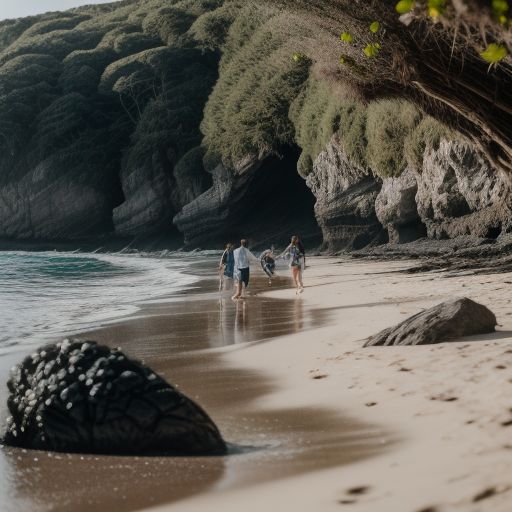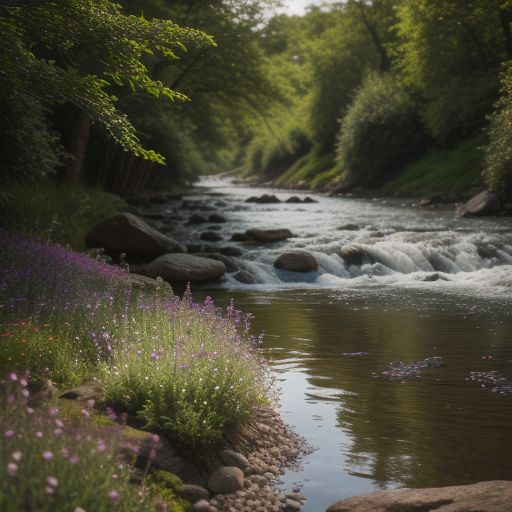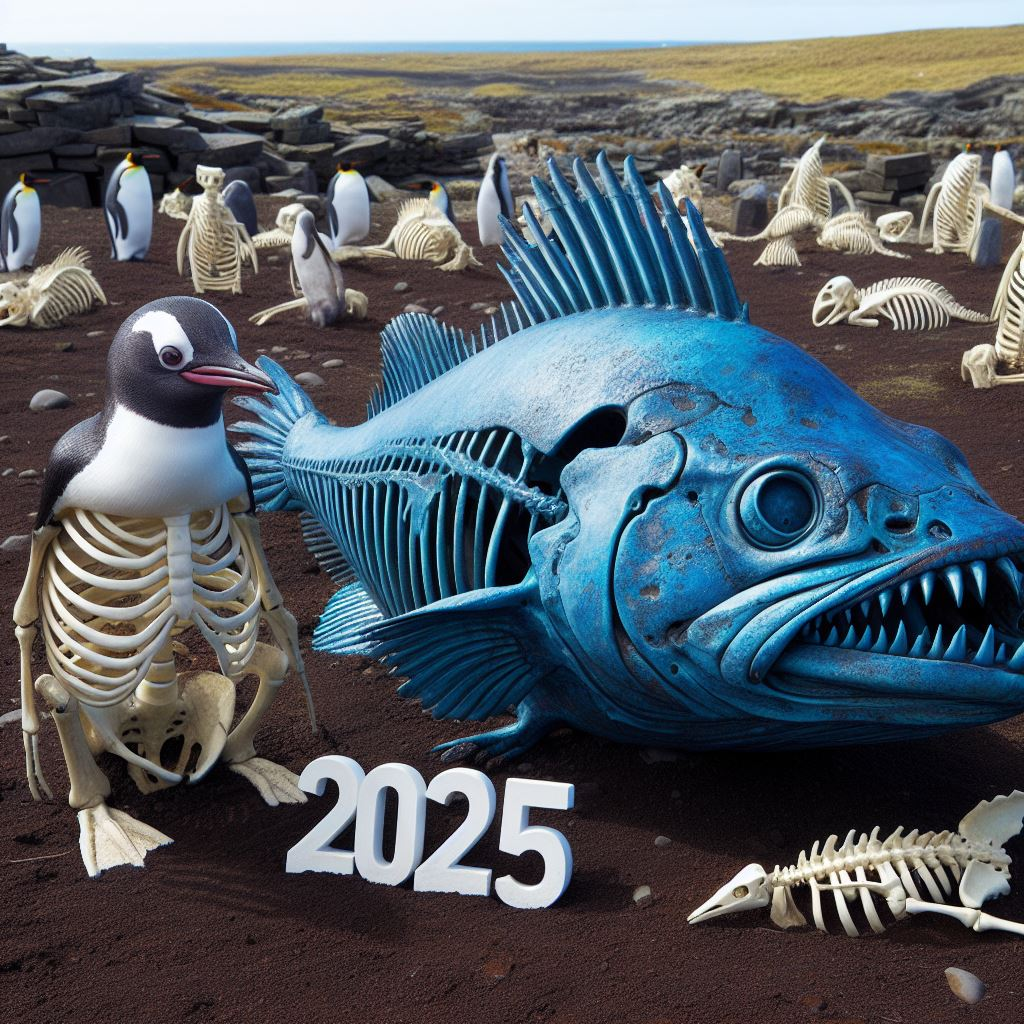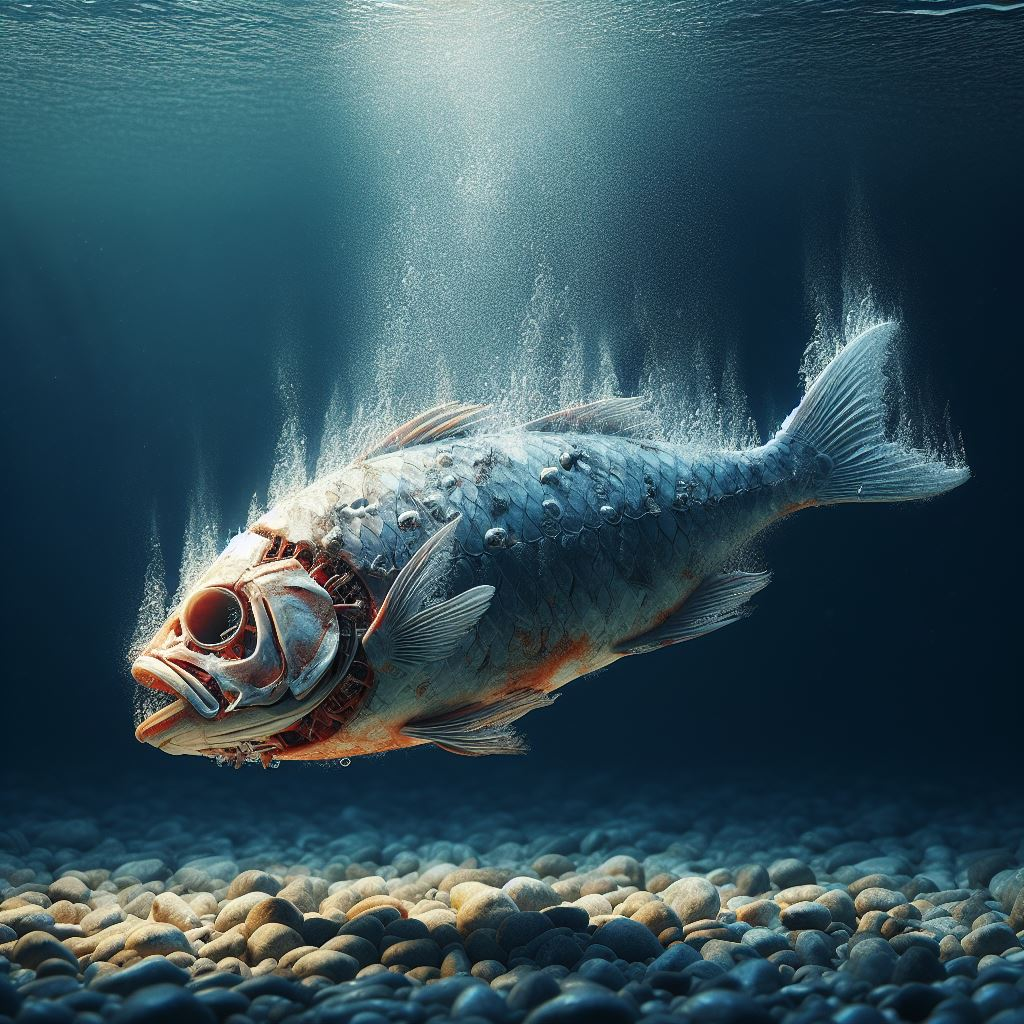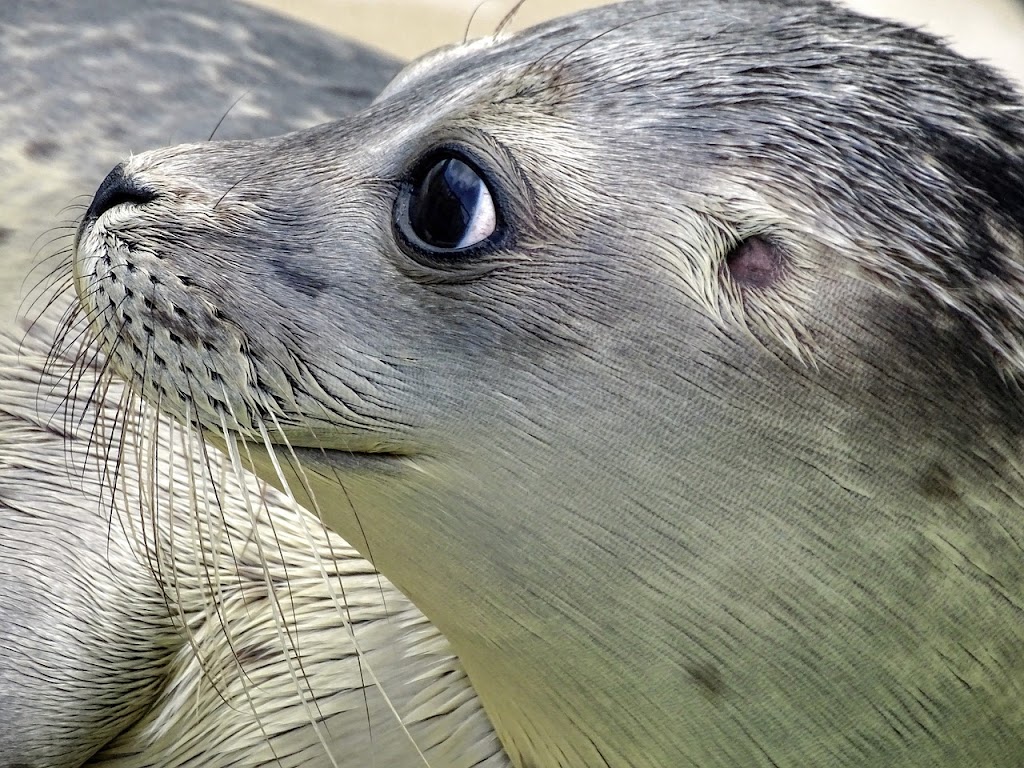Chickens, often seen as humble farm animals, play a surprisingly significant role in eco-farming and garden development. Their contribution to the ecology is multifaceted, ranging from soil enrichment to pest control. Let’s delve into the world of chickens and explore their ecological benefits.
Chickens and Soil Health
Chickens are natural tillers. As they scratch the ground in search of food, they loosen the soil, aiding in aeration and the breakdown of larger clumps of earth. This natural tilling process is beneficial for the soil structure, promoting the growth of beneficial microorganisms and enhancing root penetration.
Moreover, chicken droppings are rich in nitrogen, an essential nutrient for plant growth. When incorporated into the soil, these droppings act as a natural fertilizer, enriching the soil and promoting healthy plant growth.
Pest Control
Chickens are omnivores with a diverse diet that includes many common garden pests such as slugs, snails, and various types of insects. By allowing chickens to roam in the garden, they can help keep the pest population in check, reducing the need for chemical pesticides.
Waste Management
Chickens can consume kitchen scraps, turning waste into valuable resources. Vegetable peels, stale bread, and other food scraps that might otherwise end up in the landfill can be part of a chicken’s diet. This not only reduces waste but also contributes to the chickens’ health and productivity.
Enhancing Biodiversity
Chickens, with their varied diet, contribute to biodiversity in gardens. They help in the spread of seeds through their droppings, leading to the growth of a variety of plants. This, in turn, attracts different species of birds, insects, and other wildlife, enhancing the overall biodiversity of the garden.
Chicken Breeds
Different breeds of chickens offer various benefits. Some breeds are known for their egg-laying capabilities, while others are valued for their meat. Certain breeds are more resistant to disease or better adapted to specific climates. Understanding the characteristics of different breeds
can help farmers and hobbyists choose the right chickens for their specific needs and environment.
Coop Design
A well-designed chicken coop can significantly enhance the productivity and well-being of chickens. Coops should provide adequate space, protection from predators, and access to fresh air and sunlight. Sustainable designs might include the use of recycled materials, rainwater collection systems, and composting of chicken waste.
Community Impact
Community-based poultry farming can have a significant impact on local economies and food security. Chickens are relatively easy and inexpensive to raise, making them accessible to small-scale farmers and urban homesteaders. The sale of eggs and meat can provide a source of income, while the raising of chickens can contribute to a community’s food security.
Challenges and Solutions
While integrating chickens into eco-farming and garden development offers many benefits, it also presents challenges. These might include managing disease, ensuring adequate nutrition, and dealing with noise or odor issues. However, many of these challenges can be addressed through proper management practices, education, and the sharing of knowledge and resources within the farming community.
The Power of Poultry Poop
Chicken manure, often referred to as ‘chicken poo’, is a powerful resource that offers numerous benefits in eco-farming and garden development.
Natural Fertilizer: Chicken manure is rich in nitrogen, phosphorus, and potassium, essential nutrients for plant growth. When composted and applied to soil, it acts as a potent, all-natural fertilizer that boosts plant health and yield.
Soil Amendment: Beyond its nutrient content, chicken manure improves soil structure. It increases the soil’s capacity to hold water and promotes the growth of beneficial soil organisms. This leads to better quality, more resilient plants.
Waste Reduction: Utilizing chicken manure as a fertilizer not only benefits your garden but also contributes to waste reduction. Instead of being discarded, this valuable by-product is put to good use, promoting a more sustainable and circular approach to farming.
Cost-Effective: Using chicken manure as a fertilizer can also be cost-effective. For those raising chickens, it provides a steady supply of free, high-quality fertilizer, reducing the need for store-bought products.
While chicken manure is beneficial, it’s important to compost it before use to kill any potential pathogens and to prevent the risk of burning plants with too much nitrogen. With proper handling, chicken manure can be a garden’s best friend.
Pros and Cons of Raising Chickens at Home
Raising chickens at home can be a rewarding experience, but it also comes with its own set of challenges.
Pros
Fresh Produce: One of the biggest advantages of raising chickens at home is the supply of fresh eggs. Home-raised chickens often produce higher quality eggs than those you buy at the store.
Pest Control: Chickens eat a variety of pests, including ticks, beetles, and slugs. This can help keep your garden healthier.
Waste Management: Chickens can eat kitchen scraps, reducing the amount of waste that goes to the landfill. Their manure can also be composted and used as a rich fertilizer for your garden.
Educational: Raising chickens can be a great way to teach children about responsibility, the food chain, and the cycle of life.
Cons
Time and Commitment: Chickens require daily care. This includes feeding, cleaning the coop, and ensuring they have enough water. They also need to be protected from predators.
Noise and Smell: Chickens can be noisy, especially in the early morning. They can also create a smell if their living area is not cleaned regularly.
Zoning Laws: Some areas have zoning laws that prohibit residents from keeping chickens, especially roosters, due to noise concerns.
Health Risks: Chickens can carry salmonella, which can be a risk if not handled properly. Regular cleaning and good hygiene practices are necessary to keep this risk to a minimum.
In conclusion, while raising chickens at home has many benefits, it’s important to consider the potential challenges. With proper care and management, chickens can be a wonderful addition to your home environment.
Pros and Cons of Raising Chickens on a Farm
Raising chickens on a farm can be a profitable venture, but it also comes with its own set of challenges.
Pros
Profitability: Chickens can provide multiple sources of income. Farmers can sell eggs, meat, and even manure, which can be used as fertilizer.
Sustainability: Chickens can contribute to a farm’s sustainability. They eat pests and kitchen scraps, reducing waste and the need for pesticides. Their manure can enrich the soil, reducing the need for synthetic fertilizers.
Low Start-Up Costs: Compared to other livestock, chickens are relatively inexpensive to purchase and raise. This makes them a good choice for small-scale farmers or those just starting out.
Cons
Disease Management: Chickens can be susceptible to a variety of diseases, which can spread quickly in a farm setting. Regular health checks, vaccinations, and biosecurity measures are necessary to prevent disease outbreaks.
Predators: On a farm, chickens can attract predators like foxes, raccoons, and hawks. Adequate housing and protective measures are needed to keep chickens safe.
Regulations: Depending on the location, farmers may face regulations related to noise, waste management, and the sale of chicken products. It’s important to understand and comply with these regulations to avoid fines or other penalties.
In conclusion, while raising chickens on a farm has many benefits, it’s important to consider the potential challenges. With proper care and management, chickens can be a valuable addition to any farm.
Fun Fact On Why People Call Someone “Chicken” When They Are Scared?
The term “chicken” has been used as a colloquialism to refer to someone who is scared or lacks courage. This usage has its roots in the observation of chicken behavior. Chickens, as a species, are known to be skittish and easily frightened, often running away at the slightest sign of danger. This is a survival instinct, as chickens are prey animals.
Over time, this characteristic of chickens has been anthropomorphized and used metaphorically in human language. When someone is called a “chicken”, it’s a way of saying that they’re acting scared or backing down from a challenge, much like a chicken would run away from a perceived threat.
It’s important to note that this is a cultural metaphor and its use can vary in different parts of the world. It’s also worth mentioning that using animal names to label or judge human behavior is a form of figurative language, and doesn’t reflect the full complexity of either human or animal behavior. After all, being cautious and avoiding unnecessary risks can be seen as a wise strategy, both for chickens and for humans!
Conclusion
Raising chickens, whether in a home or farm environment, offers a multitude of benefits. From providing fresh produce and natural pest control to enriching soil health and promoting biodiversity, chickens play a significant role in eco-farming and garden development. However, it’s important to consider the challenges, such as time commitment, noise, potential health risks, and local regulations. With proper care, knowledge, and management, chickens can be a sustainable and rewarding addition to our homes and farms, contributing positively to our ecology. Their humble clucking is a reminder of the simple, yet profound ways in which nature works, and how we, as caretakers, can harmoniously coexist and thrive.
Join the Discussion
We hope you enjoyed our deep dive into the world of chickens and their role in eco-farming and garden development. Now, we’d love to hear from you! Do you have experience with raising chickens? What are your thoughts on the benefits and challenges? Share your stories, insights, and questions about chickens and any information on chickens in the comments below. Let’s cluck about it!
Consider using these hashtags to join the broader conversation on social media:
#EcoFarming #SustainableAgriculture #ChickenFarming #GardenDevelopment #Homesteading #UrbanFarming #BackyardChickens #FarmLife #EcoFriendly #Permaculture #OrganicFarming #SustainableLiving #GreenThumb #NatureLovers #FarmToTable #GardenLife #HealthyEcosystem #Biodiversity



